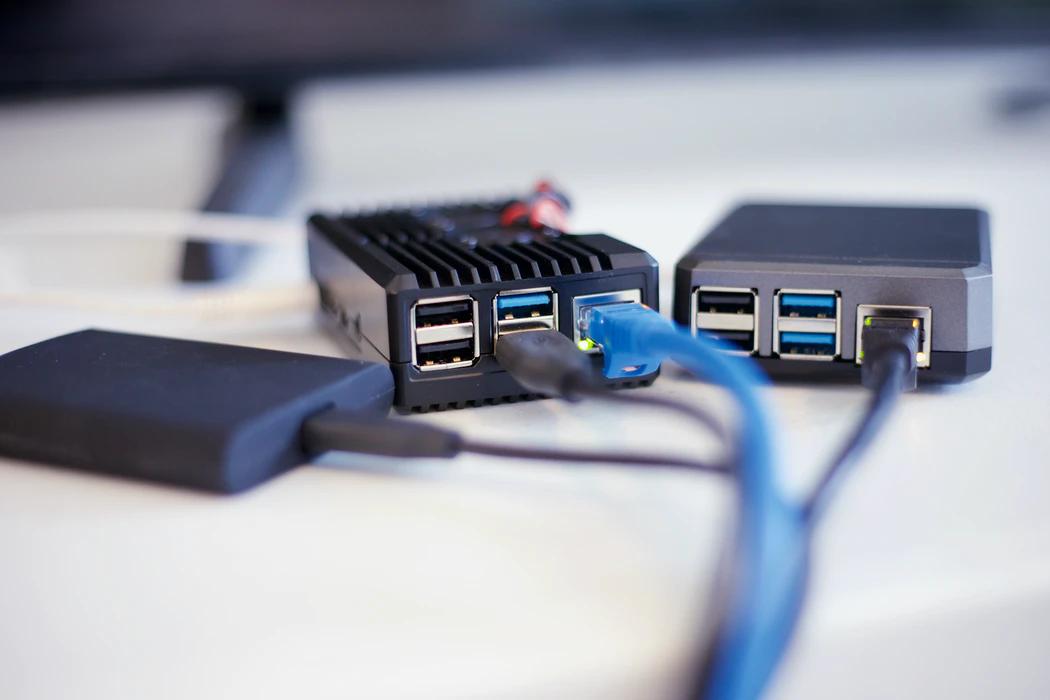Why Self-Hosting?
What self hosting is, and why would anyone ever want to do such a thing...

The case for Self-Hosting
There is a ton of cool free stuff on the internet. Sites which offer one the ability to create and share data, send and receive emails, maintain schedules, save bookmarks, read news, or even search the internet… and all for free. There are limits, of course, but those limits are largely higher than what one would need for personal use.
The purported business model of the companies behind these sites is to offer a premium paid access to the same services, which includes benefits such as larger storage, fewer ads, or unlock some additional features not available to users in the free tier.
Corporations are not altruistic by nature, and are subtly monetising the aforementioned “free” services. One of the ways that happens is that the very same data, emails, schedules, bookmarks and news subscriptions that the user stores on the “free” services are analysed in real time to put together a profile for each user, which is then sold to advertisement agencies specializing in targeted advertising.
Often we wonder why a simple search for a holiday destination yields advertisements in travel deals, hotel deals, news articles about the destination… that’s targeted advertisement. The search triggers an update to the user profile, which the advertising agencies pick-up and tweak their algorithms on what should be fed to the user.
In short, when something is available for “free”, the user is the product.
But it doesn’t stop there. In spite of their pages of legalese outlining their terms and conditions, there is nothing that prevents these companies for using all available data about a user for any purpose, whatsoever. Advertising, all told, is relatively innocuous. But the mind boggles with nefarious ends that bad actors (either the corporations themselves, or someone else who has access to the data) could use all the data available to them.
The only way to not be folded into the massive advertising juggernaut and simultaneously safeguard ourselves, would be to NOT use any of the above services. But that is akin to putting toothpaste back in a tube. The internet and the limitless benefits it offers have made it indispensable to our normal lives.
Enter Self-Hosting
Self-Hosting is the concept in which a user hosts their own applications, data, and more. Taking away the “unknown” factor in how their data is managed and stored, this provides those with the willingness to learn and the mind to do so to take control of their data without losing the functionality of services they otherwise use frequently.
For instance, a user might love the easy access and wide-spread integration that DropBox provides, but may not be fond of having all their most sensitive data stored in a data-storage container that they do not have direct control over. Multiple alternatives, such as NextCloud and SeaFile, are available. With a little bit of jugglery with inexpensive hardware and an always on internet connection (with some caveats), the data can remain secure on their own hard disk, while still providing easy access.
How Hard Is It?
Truth be told, there is no single drag-and-drop way to get started with self-hosting. There is some level of fiddling with bits and bobs, and some need of running commands on a dreaded black screen with a flashing cursor.
That said, it isn’t like a degree in computer engineering is mandatory for getting there either. The reality, as always, is somewhere in the middle. Any lay user without an aversion to the aforementioned fiddling and running commands can pull it off.
Once the base infrastructure is in place, there are several tools available to make the whole process painless and smooth for adding further services and capabilities.
Getting Started
The best way to start is by setting up services to run within the home. The barrier to entry is low, and all of the effort and expenditure will when you actually start self-hosting over the internet. Having the services first run within the home network is like having a staging ground, or a sandbox, to identify what would work best to suit your needs, and what you would like have always accessible over your fingertips.
Start with a simple SBC (Single Board Computer), and put some services on that to get going. There will be articles on the best options for the hosting computers, the best services to self host and how to go about all of this. Hopefully, the steps would be easy enough to follow to successfully get to self-hosting…
References
- A quick guide on self-hosting, for those who prefer vids to words: Self-Hosting in 5 minutes
- Authoritative list of Self-hosted software: Awesome-selfhosted.
- A spin-off of the above list, containing system administration software. Awesome Sys-Admin
